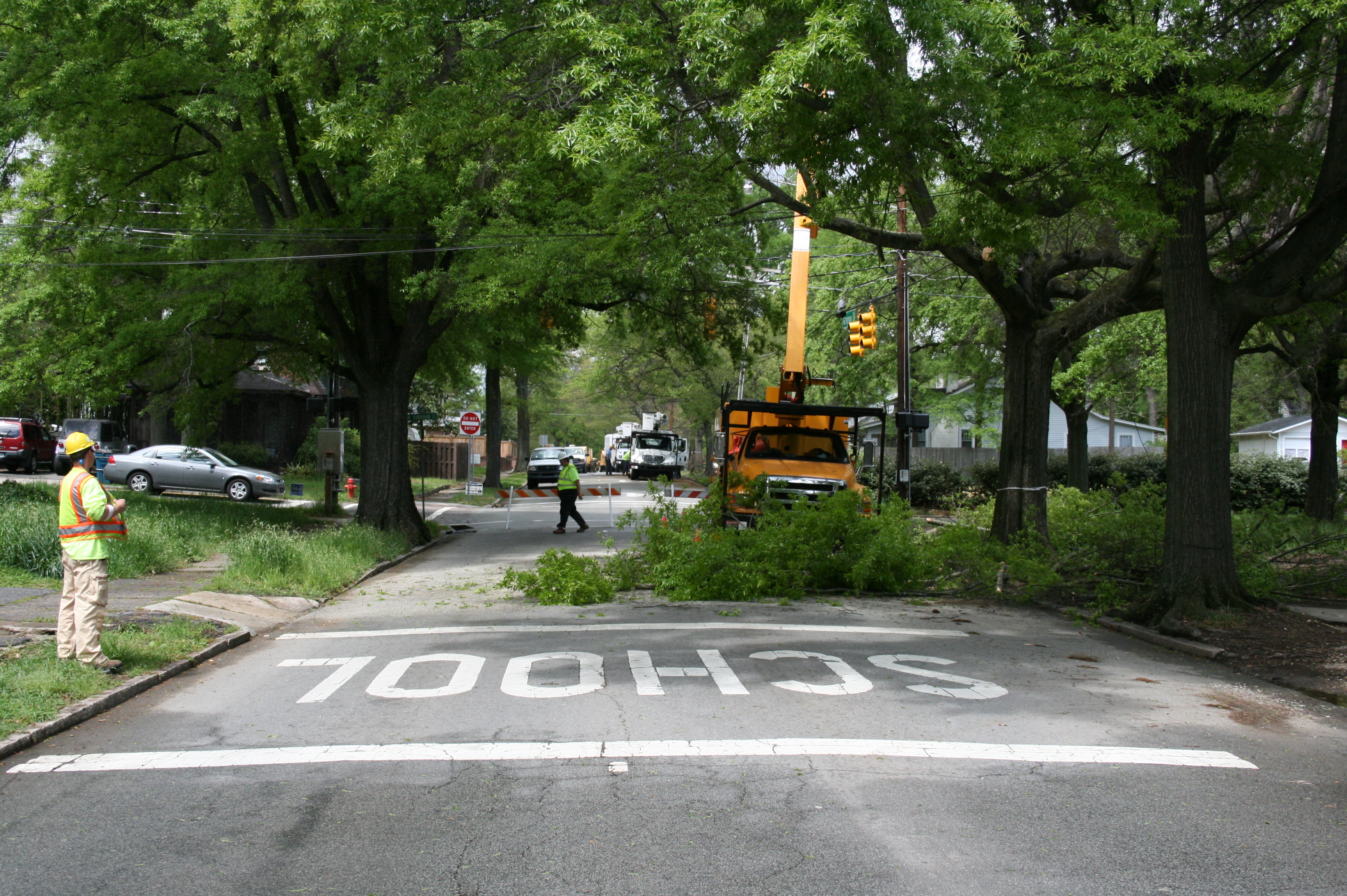How to Identify the 10 most common Genus of Trees
- Introduction to Tree Genus
- Broadleaf Trees Explained
- Coniferous Trees Explained
- Recognizing Fruit Tree Genuses
- Recognizing Ornamental Tree Genuses
- Palm Trees Explained
- Understanding Tree Diseases by Genus
- Impact of Seasonal Changes on Genus Identification
- Deciduous Trees Explained
- Genus Identification: Bark, Leaves, and Fruit
- Tree Age Determination by Genus
- Tree Care by Genus
- Wrap up and recap
Tree Care by Genus
General Tree Care

Caring for trees is an essential part of maintaining a healthy and vibrant landscape. Whether you're a homeowner with a few trees in your yard or a professional arborist, understanding the basics of tree care can help ensure the longevity and health of these vital plants. This article will cover the basics of tree care, including watering, mulching, fertilizing, pruning, and pest and disease management.
Watering
Watering is a fundamental aspect of tree care. While it may seem simple, different trees have different watering needs. Newly planted trees require frequent watering until they establish their root systems. Mature trees, on the other hand, require deep watering less frequently. Overwatering can be just as harmful as underwatering, leading to root rot and other issues.
Mulching
Mulching is another essential aspect of tree care. Mulch helps conserve soil moisture, suppress weeds, and improve soil quality. When applying mulch, it's important to avoid piling it against the tree's trunk, which can lead to rot. Instead, apply a 2-3 inch layer of mulch in a ring around the base of the tree, leaving a gap around the trunk.
Fertilizing
Trees, like all plants, require nutrients to grow and thrive. While many of these nutrients are naturally present in the soil, some soils may lack certain essential nutrients. In these cases, it may be necessary to apply a fertilizer. It's important to have your soil tested to determine its nutrient content and pH before applying any fertilizer. This will help you choose a fertilizer that will best meet your trees' needs.
Pruning and Trimming
Pruning and trimming are important for maintaining a tree's health and aesthetic appeal. Pruning involves removing dead, diseased, or damaged branches, which can help prevent the spread of disease and improve the tree's overall health. Trimming, on the other hand, involves shaping the tree and controlling its growth. When pruning or trimming, it's important to make clean cuts and avoid tearing the bark, which can damage the tree.
Pest and Disease Management
Finally, an important part of tree care involves monitoring for pests and diseases. Common tree pests include aphids, scale insects, and caterpillars, while common diseases include powdery mildew, leaf spot, and root rot. If you notice any signs of pests or disease, it's important to take action quickly to prevent further damage. This may involve applying a pesticide or fungicide, or in severe cases, consulting with a professional arborist.
In conclusion, tree care involves a range of activities, from watering and mulching to pruning and pest management. By understanding these basics, you can help ensure the health and longevity of your trees.